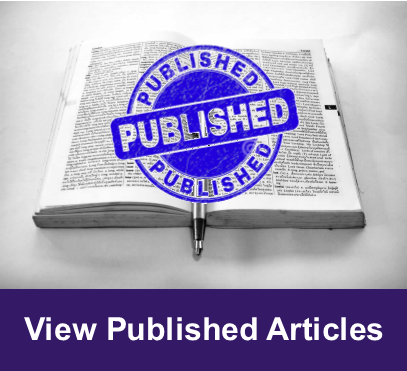1 Central Forensic Science Laboratory, Bhopal, Madhya Pradesh, India.
2 Annasaheb Chudaman Patil Memorial Medical College, Dhule, Maharashtra, India.
International Journal of Science and Research Archive, 2025, 15(01), 062-066
Article DOI: 10.30574/ijsra.2025.15.1.0936
Received on 23 February 2025; revised on 31 March 2025; accepted on 02 April 2025
Along with other facial indices used in Forensic Anthropometry, the nasal index provides for determining ancestry, supporting facial reconstruction, important insights into population research and advancing our understanding of human variation. The present study aims to observe the gender variations of Nasal Index using 2D photogrammetric method on facial images among Brahmin adults of Central India. Present study was conducted on 134 Brahmin adults including 72 males and 62 females of Sagar district of Madhya Pradesh state situated in Central India. Nasal Indices were derived using linear measurements among relevant Nasal landmarks through ImageJ image processing software. Statistical non-parametric t-test (one-tailed) was applied to obtain p values in order to study significant differences between mean values of Nasal Index for both the genders. Mean Nasal Index value for Brahmin males was observed to be 101.7±2.466 and for Brahmin females 87.30±1.135. It could be concluded from the present study that there is sexual dimorphism with respect to the Nasal Index in the Brahmin Adults of Central India in which the males have mostly Hyperplatyrrhine (Very Broad) whereas females have mostly Platyrrhine or Chamaerrhine (Broad) Nose shapes.
Anthropometry; Brahmin; Central India; Forensic; Gender; Indices; Nasal Index; Sexual Dimorphism
Preview Article PDF
Manish Malhotra, Rituja Gharote and Bhanupriya Pande. Photogrammetric study of nasal index in central India for sexual dimorphism. International Journal of Science and Research Archive, 2025, 15(01), 062-066. Article DOI: https://doi.org/10.30574/ijsra.2025.15.1.0936.
Copyright © 2025 Author(s) retain the copyright of this article. This article is published under the terms of the Creative Commons Attribution Liscense 4.0








